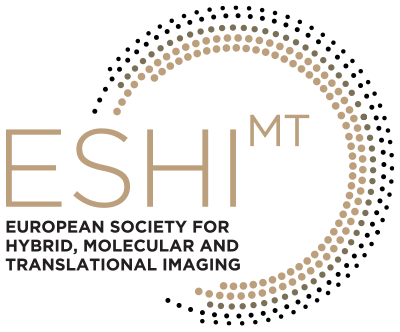Close cooperation between radiology and nuclear medicine on hybrid imaging has helped bring about more efficient, more accurate and faster diagnosis for oncological, neurological and cardiovascular diseases. Access to high-tech combination equipment shown to be sufficient in Austria. From 2 – 6 March more than 20,000 parti cipants will converge on the Austria Center Vienna for the European Congress of Radiology, where they will discuss the latest advances in hybrid imaging and new applications for the technology.
Source: Austria Center Vienna
Hybrid imaging as a more efficient, more accurate and faster diagnostic tool Access to PET/CT scanners in Austria above the European average Hybrid imaging has not only revolutionised cancer therapy, it is also having a huge influence on the treatment of neurological and cardiovascular diseases. The approach combines the advantages of radiology – measuring the tumour through the use of sectional images – and nuclear and molecular methods, such as biomarkers which are introduced to the body so that measurements can be taken internally. “ This combination delivers significantly more information for diagnosis, since not all of the diseases in the categories listed above are manifested in the kind of anatomical changes that can be picked up using radiological approaches. The use of hybrid imaging equipment, which performs radiological and nuclear medicine scans a short time after each other or even simultaneously, helps to save valuable time, improve the accuracy of the diagnosis and ensure that treatment is more effective. This means exposing cancer patients who are already physically weakened to such tests only once and significantly reducing the time it takes for treatment to start. What’s more, hybrid imaging is 10 – 15% more accurate on average than other methods when it comes to detecting a nd and describing tumours. In the case of certain tumours the increase in accuracy rises still further when PET/CT scans are used, with the improvement of over 50% versus conventional diagnosis methods also having a significant influence on therapeutic planning. This leads to more effective and often lifesaving treatment for patients that also helps to save potential costs,” explained Thomas Beyer from Vienna General Hospital’s Biomedical Physics and Biomedical Engineering department, and a professor at the Medical University of Vienna.
Positron emission tomography (PET) scanners, which use mildly radioactive substances to generate sectional images of living organisms, can be used in combination with computed tomography (CT) and magnetic resonance (MR) tomography. Both hybrid devices have been available all over the world for many years (PET/CT since 2001; PET/MR since 2006). PET/CT and PET/MR devices are now in a position to combine the performance of the PET method with the advantages of CT devices and MR imaging.
Austria stands out for its strong infrastructure and research
With two PET/CT systems per million inhabitants, availability in Austria is in the medium to upper range for the EU,” confirmed Beyer. Austria also leads the way when it comes to access to medical care – every patient in the country has access to a hybrid imaging device within a two hour drive. However, in terms of cost replacement, Austria brings up the rear alongside Germany.
Austria is also very well placed regarding production of biomarkers – current MedUni Vienna projects in this field involve prostate diagnostics and epilepsy research.
Joining forces in the name of blanket standardised hybrid imaging
The recent establishment of the European Society for Hybrid Medical Imaging (ESHI) represented a major statement in favour of bringing the two disciplines closer together. Beyer has high hopes based on the current ECR Congress President and ESHI president Katrine Riklund, who is at home in the worlds of radiology and nuclear medicine, believing that the new organisation will help to increase the availability of hybrid imaging throughout all parts of Europe and introduce new standards while promoting expert training and ushering in improvements to existing methods.
